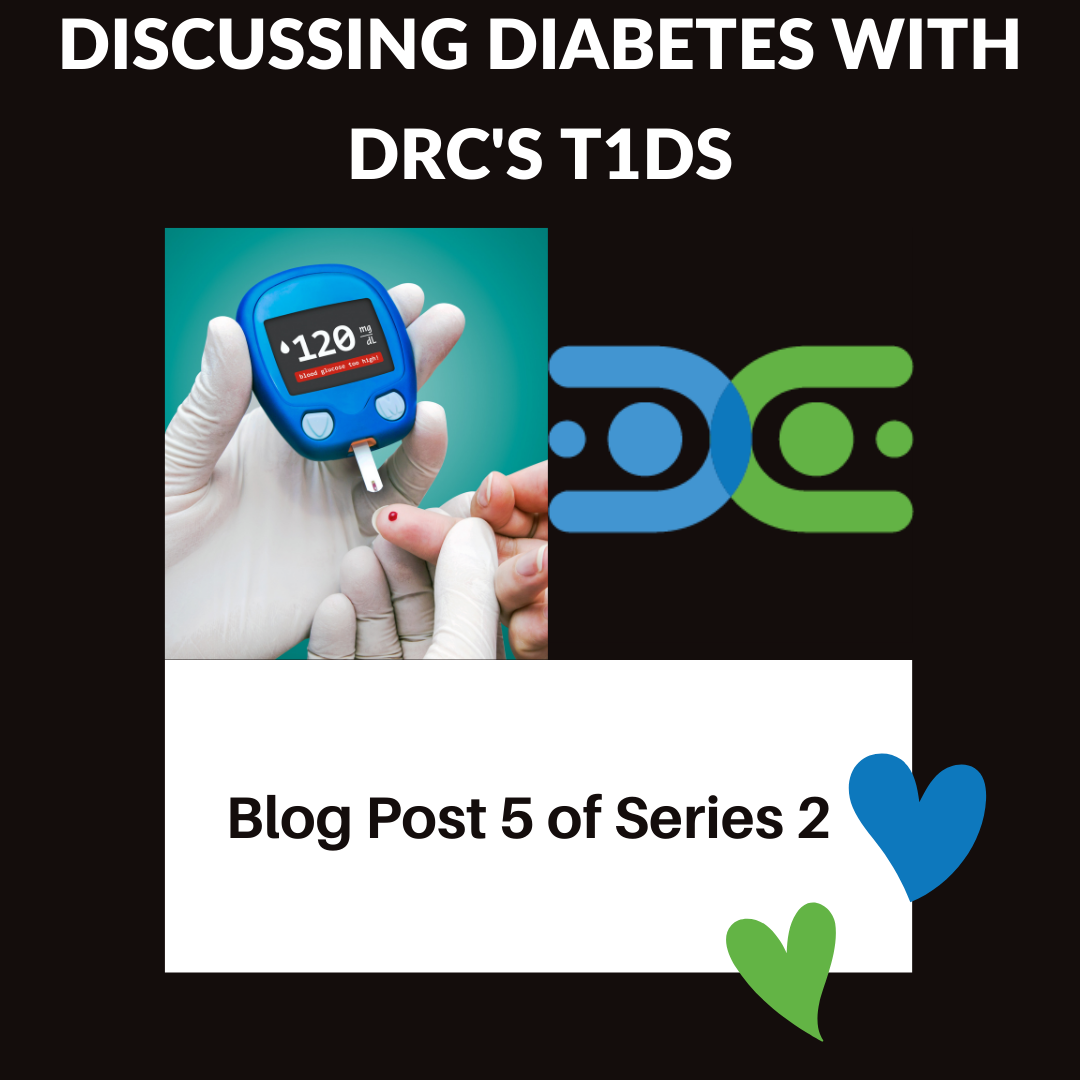When I tell peers I have type 1 diabetes, they usually ask me if it’s curable. No, not yet, I reply. The next typical comment from my peers is “but at least it’s treatable, right?” I nod and tell them about my usual routine: insulin injections, blood glucose monitoring, et cetera–but I usually spare them my longer response. Yes, type 1 diabetes is “treatable,” and developments in technology and scientific research are making type 1 diabetes management easier. However, type 1 diabetes treatment is a learning process. Each day, each hour, my blood sugars respond differently to insulin. Some days, I only need to give a few units after a bowl of cereal. Other days, I have to give a large dosage for a small snack. Type 1 diabetes is all about carefully maintaining a balance: not giving too much insulin, and not too little; not eating too many carbs to correct a low, but eating enough to raise your levels; being diligent about your blood glucose levels, but not becoming obsessive. Regardless of how hard we try, however, it’s inevitable that our blood glucose levels will fluctuate.
High blood sugar (hyperglycemia) is defined as levels above 180 mg/dl. Diatribe’s resource page on type 1 diabetes describes symptoms of hyperglycemia as “frequent urination, increased thirst, and blurred vision.” In my experience, high blood sugar makes me feel like I ate a pound of salty chips. I have no appetite, I get fatigued, nauseous, and I cannot stop drinking water. The most common time for me (and most type 1 diabetics) to experience hyperglycemia is after eating a meal before our insulin dosage kicks in. Certain foods can cause blood glucose levels to rise quicker than others, but this differs from person-to-person. It’s important to pay attention to what you eat and take note of how it affects your levels. For example, I used to experience extremely high blood sugar levels directly after I drank my coffee each morning. I realized it was because of the milk I was drinking– I was not aware that regular 2% milk had 14 grams of sugar per cup. I also learned it was because caffeine tends to also raise blood sugar levels. I had to switch up my coffee routine so my blood glucose levels stayed stable: I switched to drinking oat milk, which only has 4 grams of sugar per cup, and I give a few units of insulin fifteen minutes before I drink my coffee.
Low blood sugar (hypoglycemia) is defined as levels below 70 mg/dl. Diatribe notes that “perspiration,” “hunger,” and “irritability” are symptoms of hypoglycemia. In comparison to hyperglycemia, non-diabetics can experience hypoglycemia if their energy expenditure exceeds their food consumption. However, type 1 diabetics can experience more severe hypoglycemia, since they are responsible for dosing their own insulin. When I try to describe severe hypoglycemia to a non-diabetic, the first word that pops into mind is “hunger.” I have experienced hypoglycemic episodes where I could probably eat two pints of ice cream or an entire pizza. Hypoglycemia can be extremely dangerous if you do not immediately consume fast-acting carbohydrates. That’s why it’s important to know when you are going low and make sure to treat it as soon as possible. The scariest time to have low blood sugar is while sleeping, since you’re not consciously aware of the direction your levels are heading. As all type 1 diabetics know, sleep does not mean having a break from our disease. Before I had a Continuous Glucose Monitor, I would wake up in the middle of the night dizzy, sweaty, and confused, and then slowly realize I was experiencing low blood sugar. Now, I can rely on my CGM to vibrate and warn me that my levels are beginning to drop.
As Diatribe mentions, letting high or low blood sugar levels go untreated can have severe consequences. It’s important to pay attention to how you’re feeling at all times. Type 1 diabetes has helped me stay in tune with my body: I notice any slight change in the way I’m feeling, mentally or physically. When my body needs something (whether it’s insulin, food, or even just rest), I can tell almost immediately. My body and I work closely together to manage our illness, which is critical, especially when considering conditions like human autoimmune diabetes. Understanding the autoimmune mechanisms behind T1D helps me stay proactive in managing my health and avoiding complications.
So, yes, type 1 diabetes is treatable. But it’s not easy. I think it’s important for type 1 diabetics to remember that they will experience high and low blood sugar. Sometimes, levels are simply uncontrollable. We have lives and identities that go beyond our disease. We are human. We make mistakes. The way I have learned to cope is to get involved with organizations, like Diabetes Research Connection, that are researching diabetes treatment, prevention, and solutions. It helps me feel a sense of control and power over my disease, knowing that I am actively participating in the fight for a cure. And, as I have learned in the last few months of working with DRC, a future without type 1 diabetes is closer than ever.
This blog was written by Lauren Grove, DRC Intern, who has had T1D for 15 years and is responding to the article, “Type 1 Diabetes.”





